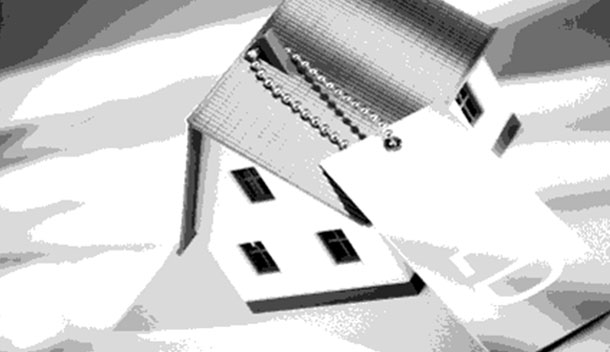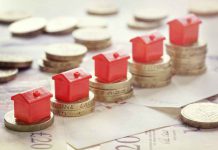 QUEENSLAND – REAL ESTATE – A new wave is turning Australia’s economic landscape. The baton is passed from a mining investment-fuelled economy to a mining production and home building economy, with third-placer NSW knocking down resource-based WA from its long-held position as the country’s strongest economic performer. And NSW’s ace card? The number of recent building Australia’s real estate constructions happening across the state as it is trying to play catch-up after years of under building. Other states are leaning to follow course.
QUEENSLAND – REAL ESTATE – A new wave is turning Australia’s economic landscape. The baton is passed from a mining investment-fuelled economy to a mining production and home building economy, with third-placer NSW knocking down resource-based WA from its long-held position as the country’s strongest economic performer. And NSW’s ace card? The number of recent building Australia’s real estate constructions happening across the state as it is trying to play catch-up after years of under building. Other states are leaning to follow course.
What’s fuelling the development?
Australia’s population is on the rise, fuelling the housing demand. Housing Industry Australia’s recent report, which analyses the country’s future building requirements, emphasized the need to ensure sufficient supply of new dwellings to provide housing to the country’s growing and ageing population.
“In a scenario where Australia’s population and its real incomes grow at a medium rate – a scenario we believe most plausible – the nation will need to build an average of around 186,000 dwellings per annum,” HIA economist, Geordan Murray, said.
The number comprises 30,000 to 35,000 houses to offset demolished properties and 152,000 residences to provide dwelling for new households and to meet the demand for additional housing driven by the growth in real household income.
Then there’s also a rising demand from abroad. Foreign real estate investors are coming out in droves—especially those from Singapore and China. A Credit Suisse report stated that Chinese investors are expected to sink around $44 billion into country’s real estate market, particularly in residential properties, in the next seven years.
Property investment consultants advise: “Invest now!”
The law of supply and demand tells us that when there is low supply and high demand, prices are highly likely to increase. But why jump on the real estate bandwagon now? Because price growth, which is expected to continue in several years, is just starting out and is unlikely to spurt until 2017.
Further price growth, combined with an easing of housing undersupply and possible changes to the interest rate policy, will likely cause real estate price inflation to slow down in most cities from 2015 to 2016.
In fact, affordability has remained steady (if not improved slightly) in some capitals, including Perth with a -2% price forecast, Canberra with +1%, and Darwin with +2%.
Affordability in Brisbane, Sydney and Melbourne, on the other hand, has significantly deteriorated, with QBE Australian Housing Outlook 2014-2017 forecasting them to experience price growth at a rate of +17%, +9%, and +5% over the next three years.
“Regardless of the affordability forecast though, putting your money in Australia’s real estate today is still a good idea, because the projected affordability at current rates can accommodate further price growth. The earlier you enter the market, the higher your chances of getting a property at a lower price and the higher your chances of making better profit when you decide to sell in the future where housing demand and property prices are at their peak,” said BAP.
BAP continues to encourage investors, “If you are looking to enter Aussie’s real estate market, we suggest that you do it now.”
To learn more, contact an investment consultant in Australia at BAP to receive guidance through the whole process. For more information about the property investing, visit their website and sign up to receive a free e-book.






